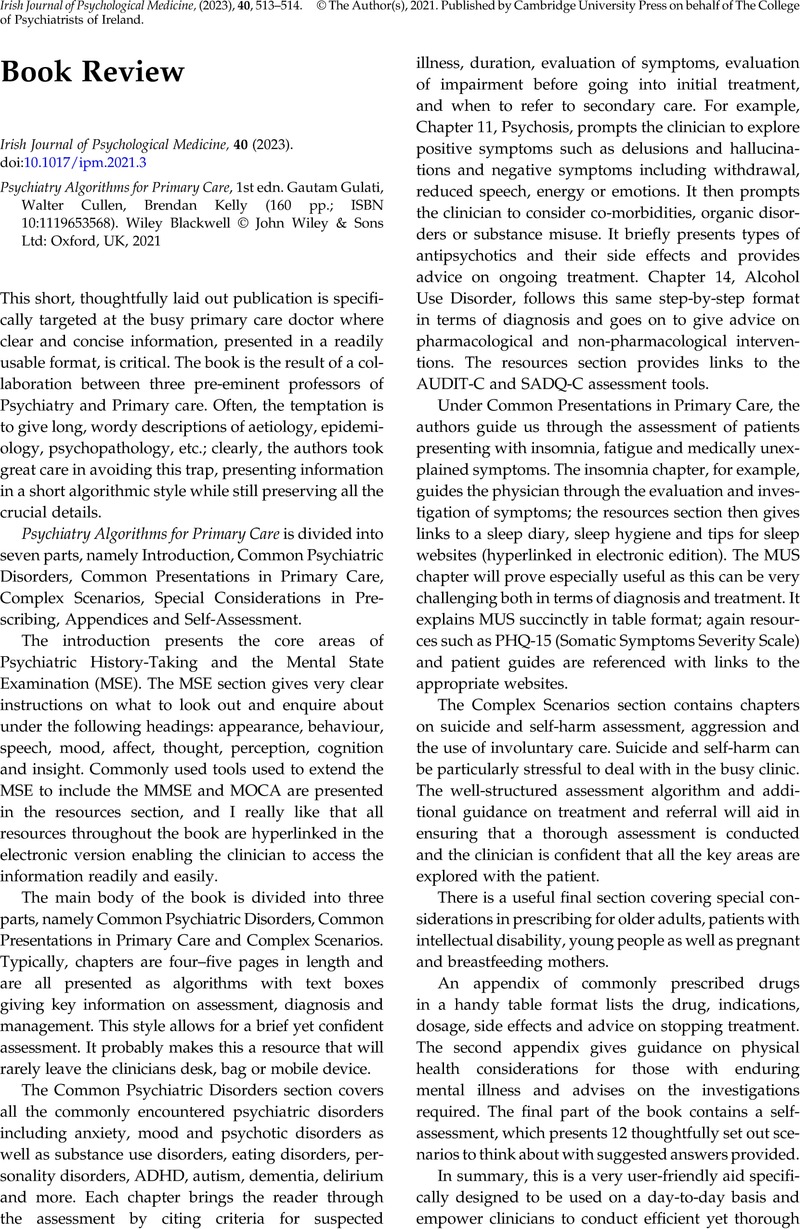Crossref Citations
This article has been cited by the following publications. This list is generated based on data provided by Crossref.
Chakravorty, Indranil
2021.
Reducing Violence against Health Professionals.
Sushruta Journal of Health Policy & Opinion,
Vol. 14,
Issue. 3,
p.
1.



